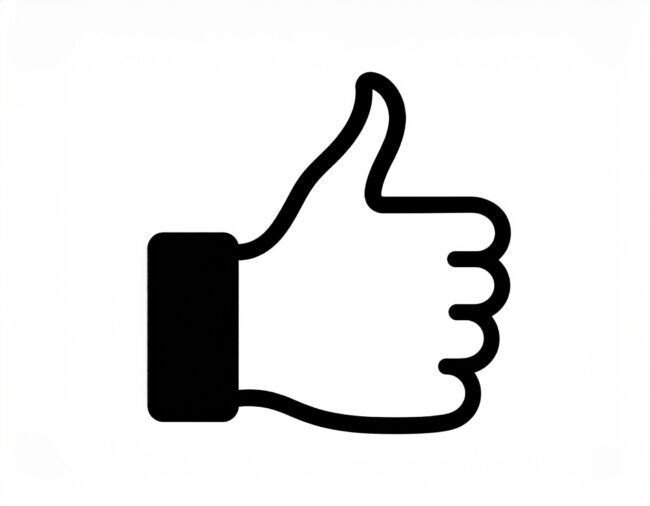Nadca and 3D printing

After a long period of uncertainty, Nadca issued its publication No. 550 entitled “Tooling Certification for Die Casting, Die components fabricated by Additive Manufacturing”.
I opened it with great impatience. I expected recommendations similar to those in the Nadca 207 publication, i.e. how to properly print inserts and components of die casting dies, from which materials, and how to properly process them in all post-operations in order to achieve maximum lifetime in terms of thermal fatigue. But there is nothing like that in the publication.
For starters, the general benefits are listed here:
- Components can be manufactured directly, based on CAD data, without additional fixtures or tools, allowing for reduced production times
- The ability of the method to print parts layer by layer gives designers great possibilities in the design, especially in terms of comfort cooling, which cannot be produced by classical methods
- The flexibility of the method makes it possible to print parts with less material, lower weight, and at the same time gives the possibility to combine several components in one print
However, disadvantages remain, such as:
- High printing cost
- Relatively slow production
- Uncertain parameters of the tool printed in this way, since the method is based on the principle of fusing powder or wire, with all possible defects, as they occur in casting processes (porosity, absorbed gases)
- Not all additive processes give the possibility of printing a near-final shape, and there are methods that require significant finishing machining
- All printed components require a large number of post-processes after printing, such as heat treatment, polishing, HIP or sintering to reduce porosity
Although multiple additive technologies are mentioned here, only two methods are generally recommended:
PBF – Powder Bad Fusion for printing new components
DED – Direct Energy Deposition for die repairs
In the first case of PBF, it is stated that the powder is significantly more expensive than the forged material, and therefore the material costs will be relatively high. The quality of the powder and the size distribution of the individual grains are also extremely important for this method, and therefore each batch of powder should be validated. The method also has a dimensional limitation, both in terms of the size of the printing platform and the set-up height. It is therefore a highly costly process, the benefits of which must be compensated by other economic indicators.
The advantage is that parts can be printed with only minimal additions, with minimal additional machining, and compared to other methods, with a very high material density.
With the DED method, there is no limitation in the size of the parts and the printing speed will be higher than in the previous case. This is also why this method can be used for repairs of large die casting dies, and in exceptional cases also for printing entire components. The method can also be used for printing two or more materials at once.
On the other hand, the surface after printing will have a significantly higher roughness, and therefore the machining processes after printing will be more demanding. It will be worse even with the comfort cooling print.
Everything is summarized in the table below:
In terms of materials, there is nothing new in publication No. 550 either. It is generally stated that both Maraging 300 (1.2709) and H13 type steels can be used. The new L-40 steel from the Formetrix Metal company, with a chemical composition according to the table, is mentioned here.
There is absolutely nothing in the publication about how to print or heat treat these materials. It is only stated here that better cooling can reduce the surface temperature of the inserts, reduce thermal fatigue, soldering, cycle time or porosity. Bimetallic applications, based on H13 steel and copper, are also mentioned here.
In terms of printing, the following parameters are mentioned:
- Power of heat source
- Traverse speed of the heat source
- The size of the melt pool
- Overlapping of adjacent melting paths
- Build plate pre-heat temperature
- Size range and shape of the metal powder
- The thickness of the powder layer
- Gas flow rates
- Location of the die insert on the build plate
- Orientation of the die insert relative to the build direction
The conclusion is that the time has not yet come for a better specification of the process. Although specifications already exist for printing aerospace components or for medical purposes, they cannot be used for die casting molds. That is also why on the last page there is a proposal for a print certificate, which will enable data collection and their evaluation within the Nadca association.
Part of this certificate is pictured:
What is probably most important is the statement that just as heat treatment equipment must be validated according to AMS 2750G, so the laser beam printer must be in a validated and calibrated state. It must therefore be auditable. I consider this to be the most important information from this publication.
And since all the main principles for post-heat treatment or high pressure die casting processes are already reflected in AIAG CQI-9 or CQI-27 today, it can be expected that in the foreseeable future, at least for the automotive industry, a specification for self-auditing 3D manufacturing centers will also be published so that it is possible to reproducibly print parts for the automotive industry.
But of course, this does not solve the application itself and the resistance of the inserts against thermal fatigue. It only ensures that if we print a part of the die once, we are very likely to print it at the same quality the next time.
July 25, 2022
Jiří Stanislav







